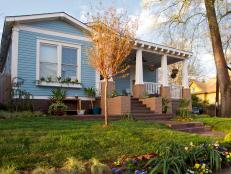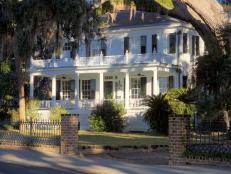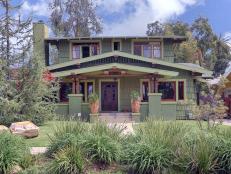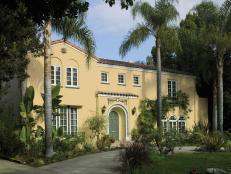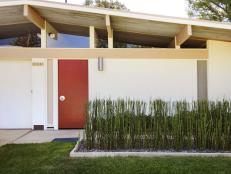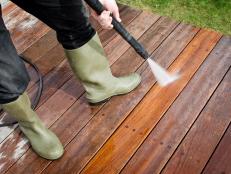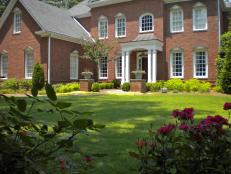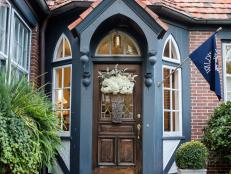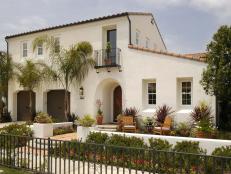Curb Appeal Tips for Victorian Homes

BEHR

For us house nerds, there’s nothing more romantic than strolling the Garden District of New Orleans or hiking the hills of San Francisco’s Nob Hill and taking in the Victorian architecture with its dramatic cupolas, looming towers, fancy turrets, rounded porches and balustrades. These stately beauties came into vogue between 1840 and 1900 and were built as a result of the Industrial Revolution and railroads. Skilled craftsmen throughout the country could now sell ornate exterior decorations, like spindles and scrollwork, to a wider audience at affordable prices. Thus a whole new world of whimsy was opened up to architects throughout the land.
Like most things of beauty, the upkeep of these historic treasures can get pricey. The key to curb appeal is regular maintenance. Think of it like owning a classic car, and since you can’t garage your home, weather is going to factor into your Victorian’s overall state.
“The weather can wreak havoc on all the exterior elements. In terms of curb appeal, the kiss of death for a Victorian is rotting wood, peeling paint and dead plants,” said Ron Melander of Keller Williams Savannah. “Where you are on the map is definitely going to affect how often you have to paint, as well as the different types of flora and fauna complementing the home.”
Melander has worked in and around historic properties since he was 14 and is quite well versed in ornamental horticulture. For climes similar to humid Savannah, he said that he likes gardens with big leaves, like banana plants, palm trees, and elephant ears.
“Don’t be afraid to let your garden get a little wild. For example, passion vines are great,” said Melander. “For a pop of color, go with a hydrangea or even tulips. The right planter can go a long way as well.”

Harsch Associates
Speaking of color, the quintessential Victorian home’s exterior is comprised of at least three colors; some have as many as nine different hues and shades. Darker colors are meant to enhance unique architectural details, and outlining windows lends character to the home.
“The decade that your house was built can impact the colors you select in terms of authenticity,” said Erika Woelfel color specialist for BEHR Paints.
“But keep in mind that the historic palettes are just a starting point. Always get samples and look at them for a few days and all different kinds of light. Don't follow a trend, and you certainly shouldn't waste money on colors you don't like.”
Keep in mind, however, that if you’re looking to flip the house a Victorian purist will probably overlook your property if the exterior paint doesn’t reflect the period.
Sherwin-Williams offers their Victorian Preservation Palette and BEHR’s ColorSmart App lets you upload a photo and try out different color schemes.
“I strongly advise taking home samples and living with them for a few days,” said Woelfel. “The $100 you spend on samples could save you thousands in the long run. Get it right the first time.”
Lastly, general cleanliness and basic upkeep go a long way. Hire a professional window washer, and should one of the home’s unique windows break, replace it immediately. We recommend Marvin Windows and Doors. Hang proper draperies or custom shades, and keep a careful eye out for wood rot, mold or moss. A revolving door of artisans and scaffolding in front of your house certainly distracts from the overall curb appeal.






